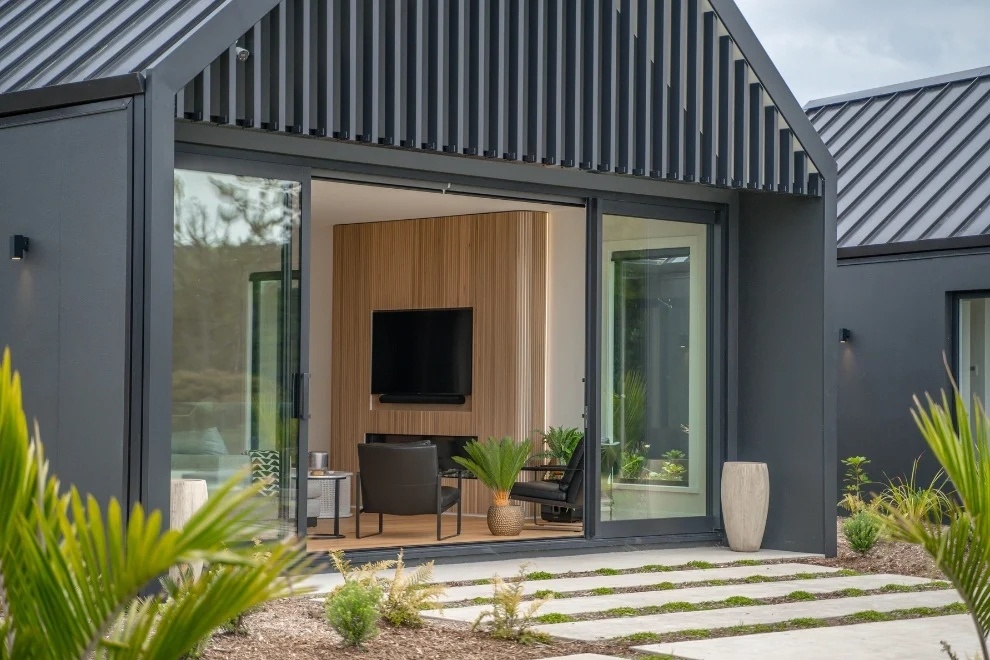How environmentally friendly are aluminium louvres?
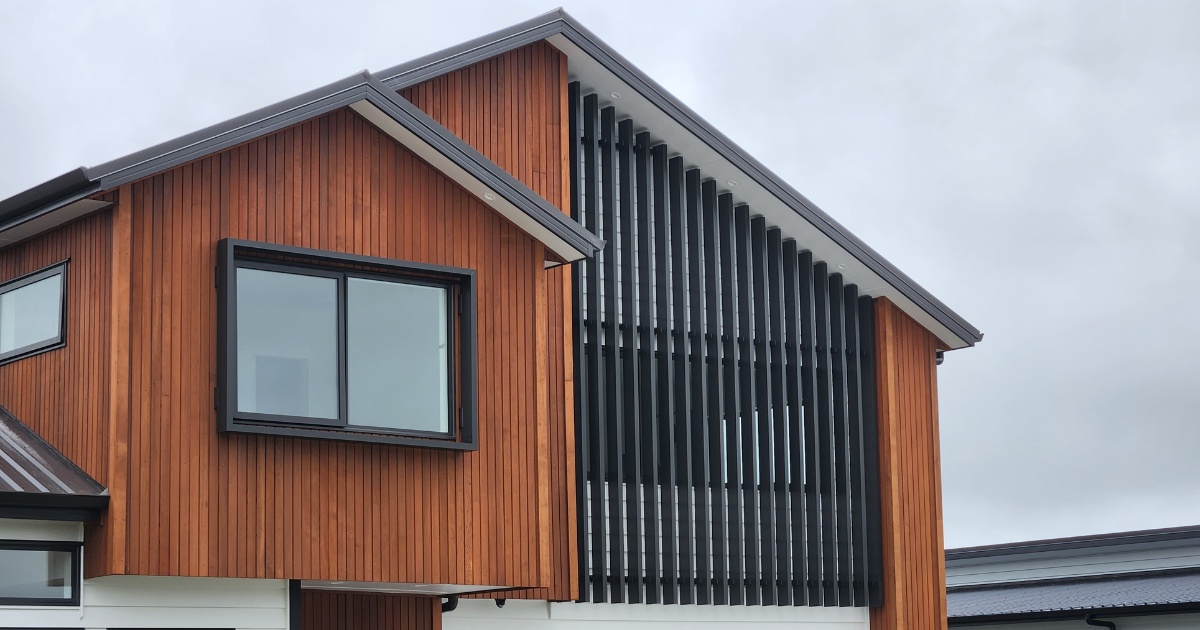
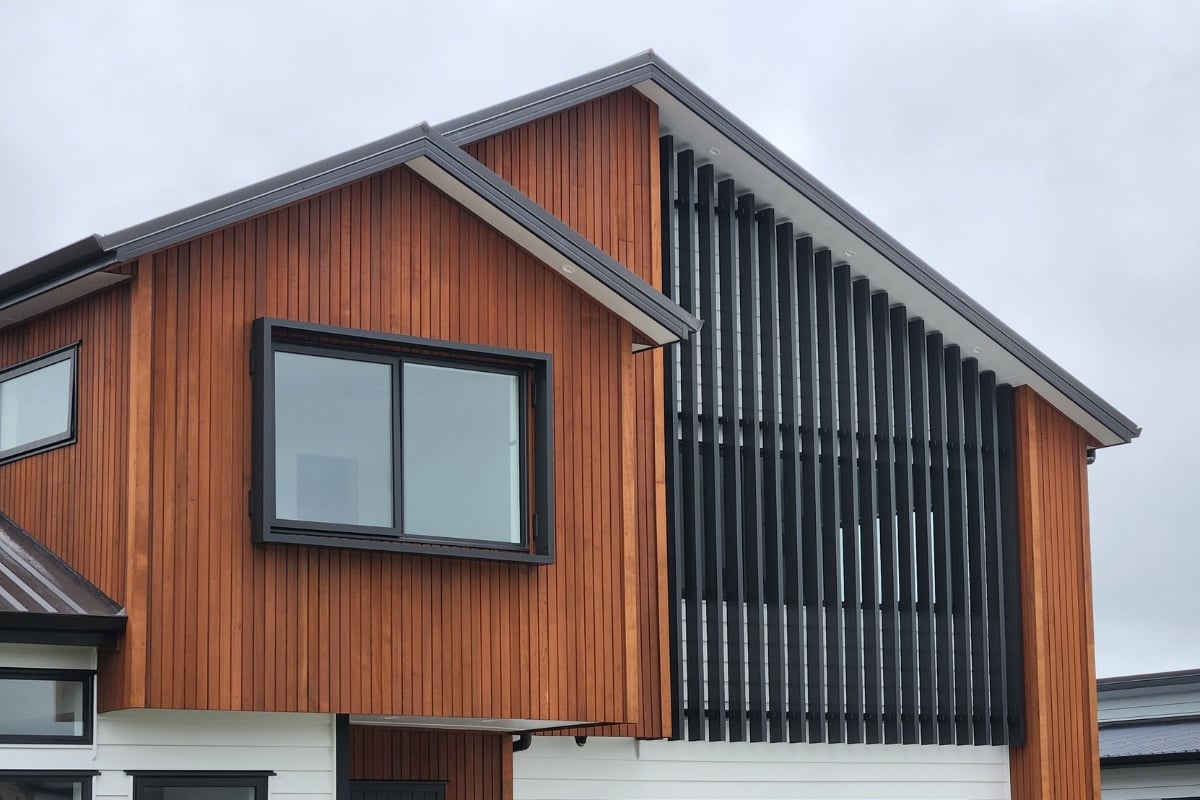
If you are looking for energy-efficient home design ideas, aluminium louvre panels may be the answer. Louvres provide enhanced shade control, natural ventilation, heat regulation, and architectural style to elevate any building.
In this article, we explore how aluminium louvres help to reduce environmental impact and improve a building’s energy efficiency.
What is a louvre?
Louvres consist of thin blades made of wood, aluminium, or glass arranged to form a shelter or screen. The slats can be fixed in a set position or adjustable to allow light and air to flow between the blades.
Louvres are most commonly used to improve the following:
- Shade control
- Privacy
- Ventilation
- Architectural design.
Operable louvre roofs are particularly suited to locations prone to varying weather conditions. They can also be fitted with rain sensors, which will automatically close the louvre blades when it starts to rain.
Environmental benefits of aluminium louvres
In New Zealand, most louvre blades are produced from aluminium as it is lightweight, durable and weather-resistant. With many areas of the country prone to harsh weather conditions, a hardy material like aluminium is the natural choice for outdoor shading solutions.
There are also many environmental benefits of aluminium louvres which include the following:
Regulates heat and light
Aluminium louvres help to regulate the amount of natural light and heat that enters a building, which can help to lower energy use. During warmer months, occupants can adjust the louvres to block unwanted sunlight and reduce the need for air conditioning. In colder months, the louvres can be opened to allow maximum sunlight and warmth in, lowering heating costs.
Corrosion resistance
Aluminium is highly resistant to corrosion, making it ideal for buildings that are exposed to the elements. High corrosion resistance means fewer repairs and replacements are required saving resources and costs. In the variable New Zealand climate, this is a vital quality for all exterior designs and products, especially in coastal areas that may be exposed to sea spray.
Lightweight
The lightweight nature of aluminium makes it easy to transport and handle on construction sites. This makes it ideal for multi-unit terraced housing, where weight reduction is helpful. This also reduces the amount of energy required during installation and maintenance.
Recyclable
Aluminium is an infinitely recyclable material that can be used time and time again, without losing its quality. The process of recycling aluminium uses 95% less energy than smelting an equivalent amount from new minerals. Incredibly, the International Aluminium Institute estimates 75% of the 1.5 billion tonnes of aluminium ever produced is still in use!
Strong and low-maintenance
Aluminium has a high strength-to-weight ratio, which means that it can support heavy loads while remaining lightweight. This means less raw material and energy is required to produce louvre systems such as opening louvre roofs. It also means that aluminium requires less maintenance than other materials, such as wood which requires sanding, sealing, and replacements much more frequently.
Design customisation
When used to manufacture louvres, aluminium can also be powder-coated in various colours and finishes to achieve your desired aesthetic. If you are concerned about the building absorbing too much heat, consider a lighter colour. For inspiration, browse our gallery or recently completed louvre projects.
Aurae Aluminium Louvres
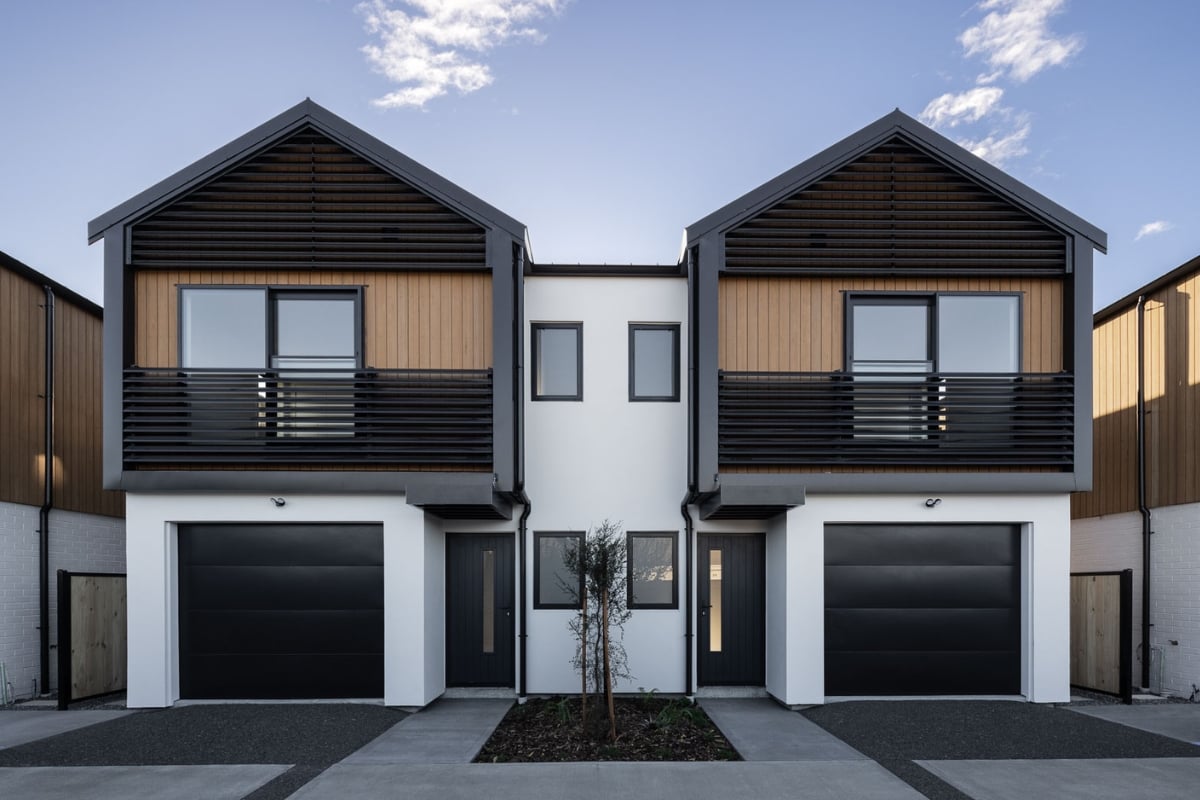
Along with making buildings look good, the Aurae team is constantly striving for sustainability. That’s why we design and manufacture aluminium louvres that add character and enhance energy efficiency in equal measure.
Our louvre blades are produced from what we call ‘green aluminium’, which is smelted at Tiwai Point, near Invercargill. With green aluminium, the electricity for smelting is derived from renewable sources – at Tiwai Point, this is hydro-power. A report conducted by Wood MacKenzie highlights the difference between black and green aluminium, as measured by cradle-to-gate emissions (t C02e). When aluminium is produced in a smelter like Tiwai, the emissions are substantially less than smelters powered by coal.
If you want to improve the carbon footprint of your next building project and empower the occupants to live sustainably, our aluminium louvres are the right place to start. For recommendations tailored to your building and site, contact our experts today. We can help you choose from our wide range of colours and louvre designs to optimise your building.
We also offer installation services and enhanced quality control to ensure your new louvres are built to last. Every aluminium louvre is fully tested to ensure optimal aerodynamics and weathering performance. Aurae has a network of fabricators and installation crews to help all around New Zealand.
In our range of louvre designs, we offer:
- Fixed louvre blades
- Operable louvre blades
- Opening louvre roofs
- Rear pivot louvre systems
- Sliding shutters
Find all the specifications, customisations, inspiration, and details in our full louvre brochure. Click below for your free downloadable copy.
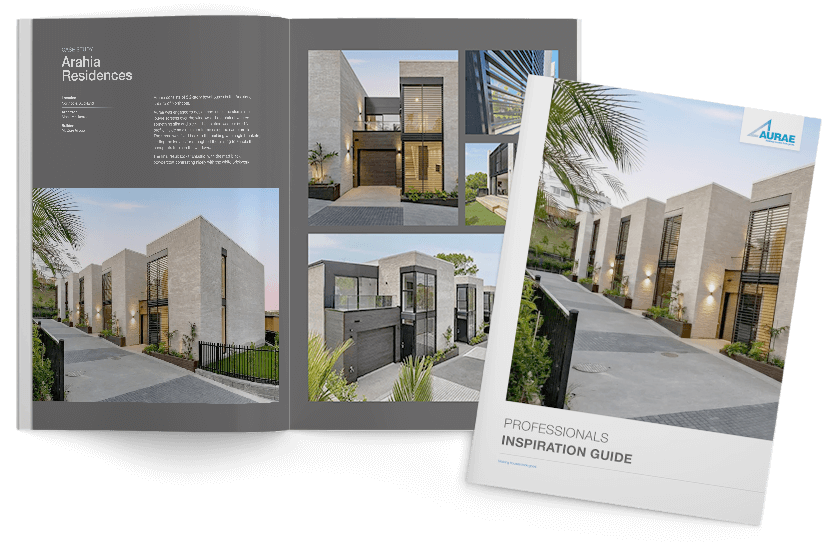
Looking for louvre inspiration for a current or future project? Our inspiration guide is the perfect starting point.
DOWNLOAD HERE


